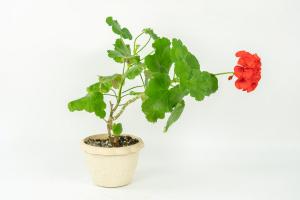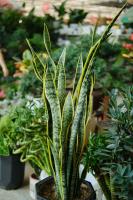1、 Preferences for red azaleas
Not all flowers like sunshine. The flaming Rhododendron needs to avoid strong light. The direct sunlight will affect the flaming Rhododendron, which is easy to cause leaf burns and is not conducive to its growth. In addition to shade loving, Rhododendron will get more nutrients in loose acid soil with no ponding and good drainage

2、 Maintenance of flaming Rhododendron
1. Pay attention to ventilation: in a well ventilated place, the root can maintain a certain dryness and is not easy to suffer from black spot, etc
2. Avoid frequent soil change: the roots of flaming Rhododendron are very fine. If you turn the pot every year, it will damage the roots and is not conducive to growth. Soil replacement should be carried out once every three years after flowering to reduce damage to roots
3. Pruning branches and leaves: the dense flower buds and branches and leaves should be pruned from time to time, so that the nutrients can be concentrated on the flowers to the greatest extent, so as to improve the color of the flowers and have more ornamental value

4. Suitable temperature: room temperature of 10 ℃ is the best. If the temperature is too high, the nutrient consumption of vegetation will also increase, which is not conducive to the long-term growth and development of vegetation. In summer, try to avoid direct sunlight, and you can irradiate the weak sunlight in the morning and evening
5. Defoliation prevention: when the flaming rhododendron flowers are too dense or the nutrient supply is insufficient, the phenomenon of defoliation will occur. Don't worry. At this time, just change the soil and supplement the fertilizer normally
6. Pest control: pests should be handled in time and sprayed with pyrethroids. If there are still pests alive after spraying, it is not suitable to spray again immediately. It should be carried out after 3 days

3、 On the propagation of Rhododendron
There are many propagation methods of Rhododendron, the most commonly used is cutting, so that the lower part of the fresh branches and leaves with a length of about 7cm is exposed. Insert 2cm-3cm of the exposed part into the soil, pay attention to reasonable water, and transplant after rooting. Its roots are very fine. It's best to plant it in a loose muddy basin. When planting, remember not to apply heavy fertilizer or pour too much water

 jackfruit
jackfruit snake plant
snake plant hibiscus
hibiscus hydrangea
hydrangea lavender
lavender Green roses climb al...
Green roses climb al... If you don't pay att...
If you don't pay att... Management of four g...
Management of four g...

































